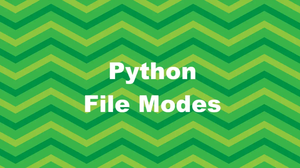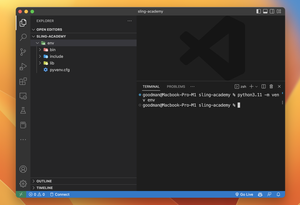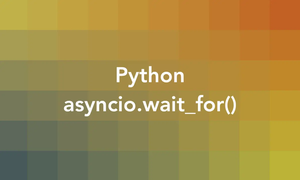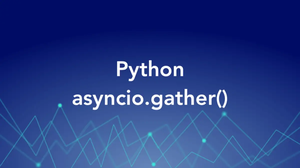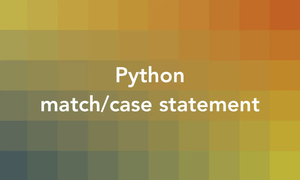To generate a dummy list with n random elements in Python, you can use the random module along with list comprehension. Here’s a step-by-step guide:
1. Import the random module:
import random2. Specify the size of the list, n, and the range of values from which the random elements will be generated.
3. Use a list comprehension to generate the random elements and create the dummy list:
dummy_list = [random.randint(start, end) for _ in range(n)]In the code snippet above, random.randint(start, end) generates a random integer between start and end (inclusive) for each iteration of the loop, repeated n times. The underscore _ is used as a throwaway variable since its value is not used.
Complete example:
import random
n = 10
start = -10
end = 10
dummy_list = [random.randint(start, end) for _ in range(n)]
print(dummy_list)My output (yours might be different from mine due to the randomness):
[3, 4, -1, -1, -3, -6, 9, 7, -2, 5]You can also set a random seed to make the output consistent when re-executing the code:
import random
# set random seed
random.seed(2023)
# other codeThat’s it. Happy coding!

